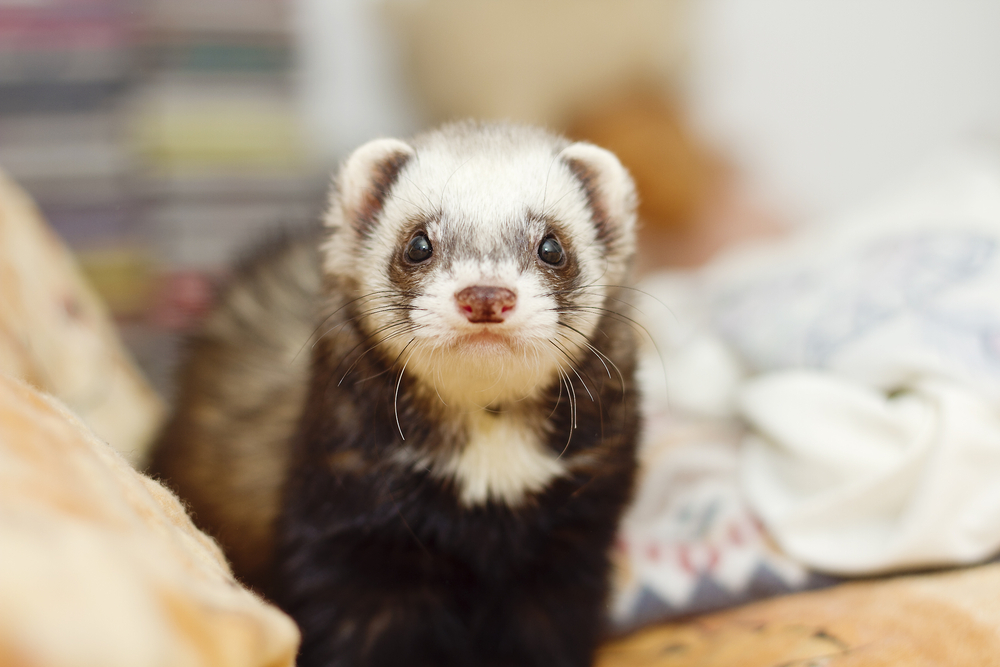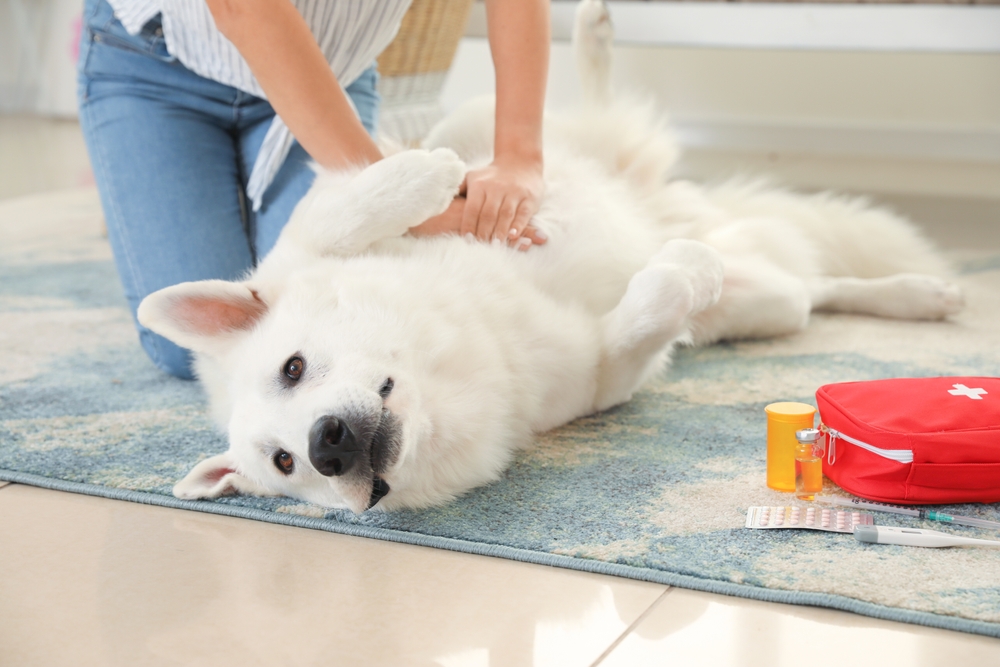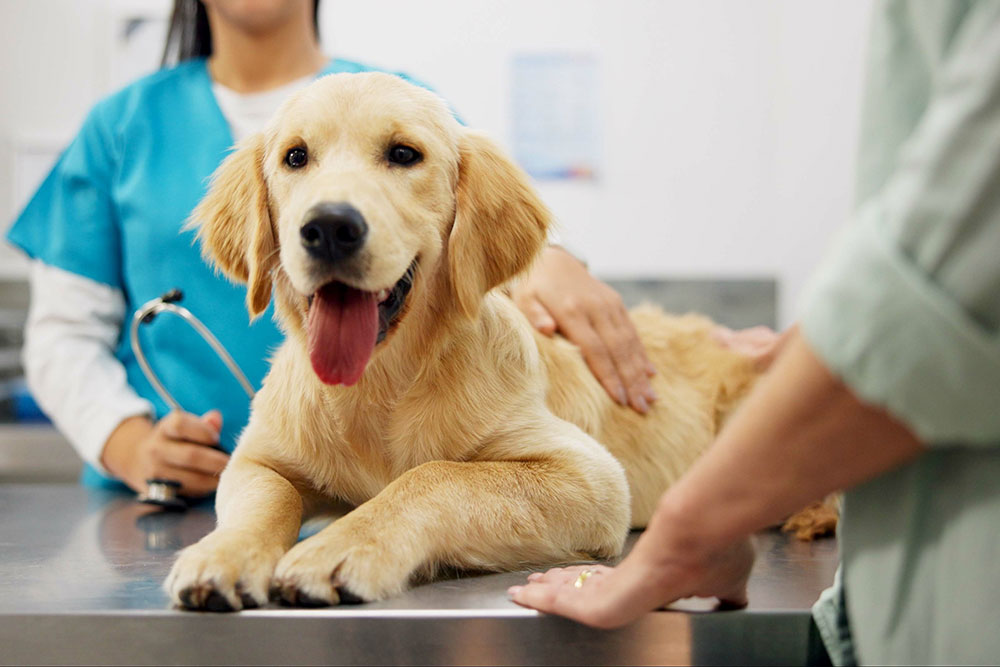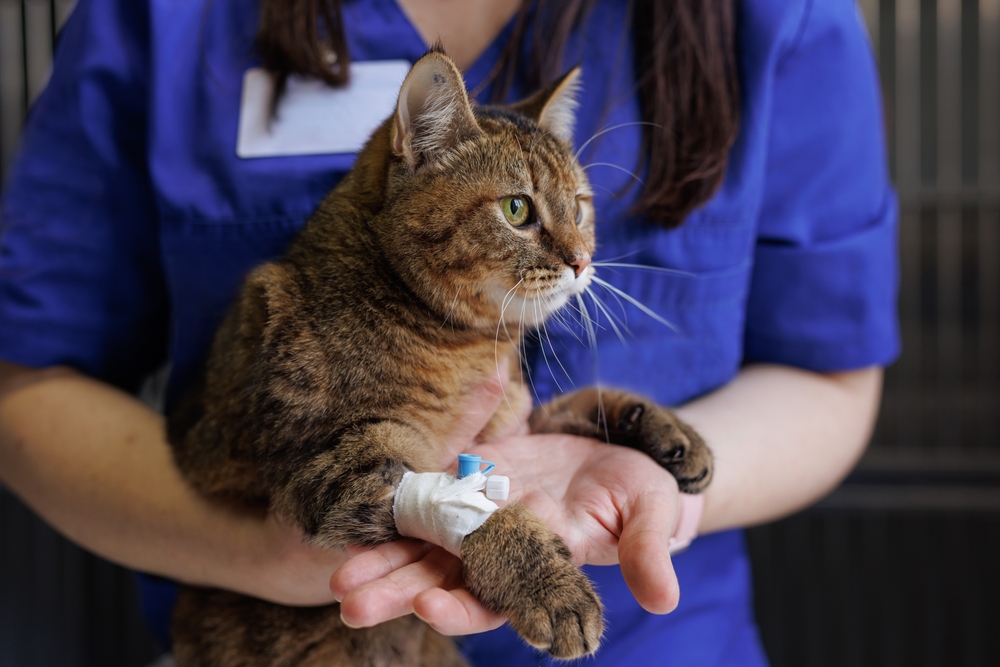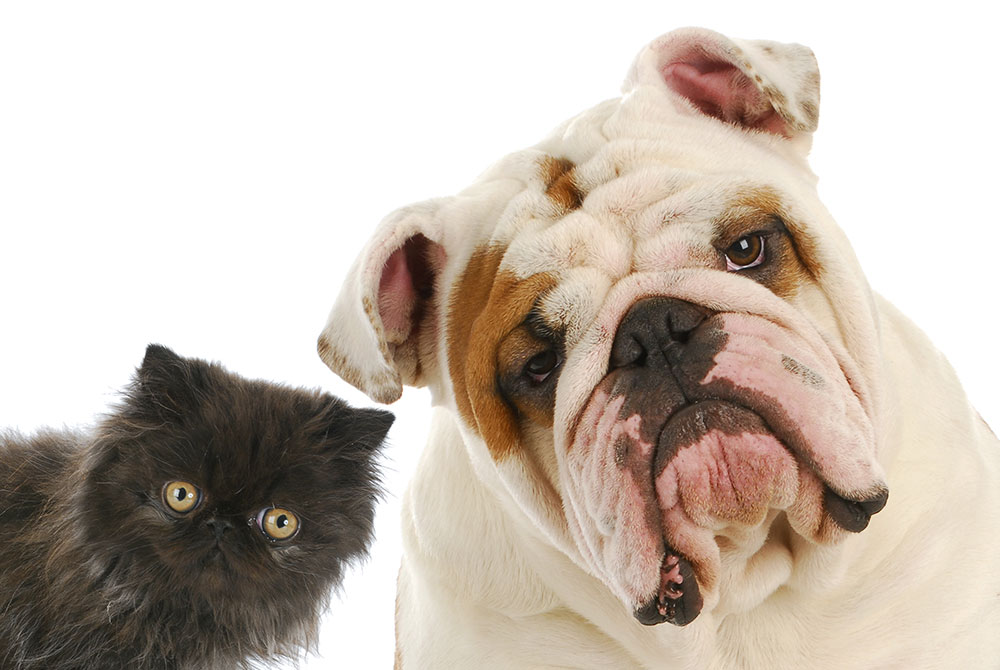Blog

Nourishing Change: Helping Your Pet Thrive with a New Diet
Understanding the Need for Dietary Changes in Pets As pet owners, we all want to give our pets the best [...]
Discover Cincinnati’s Hidden Dog-Friendly Parks and Trails
Discover Cincinnati's Hidden Dog-Friendly Parks and Trails Cincinnati is a fantastic city for pet owners, offering beautiful parks, trails, and [...]
Scales, Feathers, and Furry Friends: Tailoring Care for Your Unusual Pets
Comprehensive Guide to Exotic Pet Care in Cincinnati Exotic pets, from the scaly to the feathered and furry, bring unique [...]
Healthy Mouth, Wagging Tail: Importance of Pet Dental Care
The Crucial Role of Dental Cleanings in Maintaining Your Pet's Health Why Is Dental Care for Pets So Important? Dental [...]
Essential Vaccinations for Keeping Your Cincinnati Ferret Healthy and Happy
Essential Vaccinations for Ferrets in Cincinnati, Ohio Ferrets are curious, lively pets that bring joy and energy into any home. [...]
When Every Second Counts: Signs Your Pet Needs Emergency Vet Care
As pet owners, our animals are beloved family members, whether they are dogs, cats, rabbits, birds, reptiles, or other exotic [...]
Why Annual Wellness Exams are Vital for Your Dog’s Longevity and Happiness
Why Annual Wellness Exams Are Essential for Your Dog’s Health Your dog is more than a pet—they’re family. That’s why [...]
5 Key Factors to Consider When Choosing the Right Veterinarian for Your Pet
5 Key Factors to Consider When Choosing the Right Veterinarian for Your Pet Finding the right veterinarian for your pet [...]
Which shots do my pets really need?
Did you know that summertime is flu season for dogs? Or that parvovirus is more common in warm weather? Summer [...]






